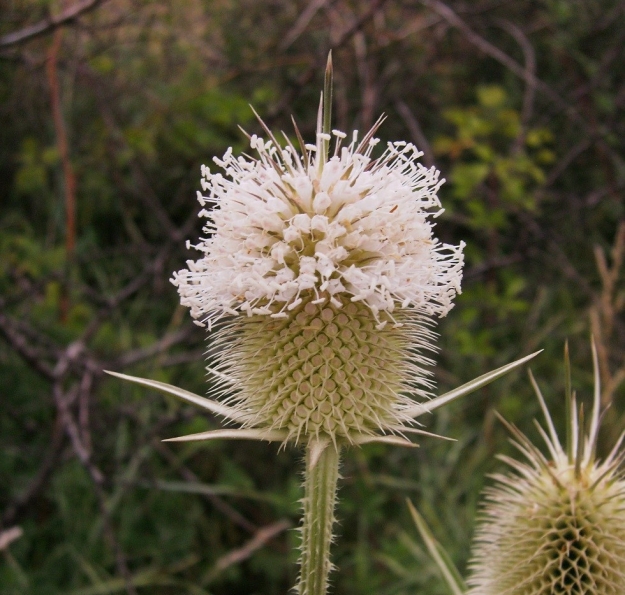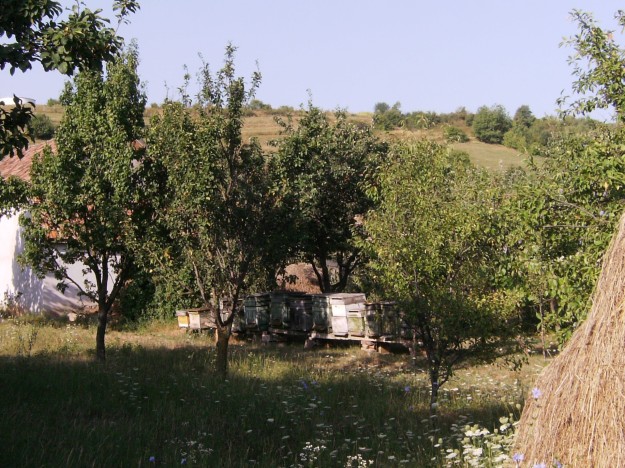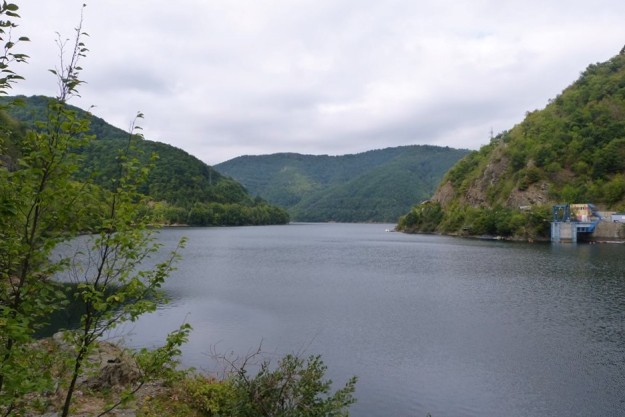It’s been cooler here this past few days, so I’ve been able to get out a bit more and take some photographs. I continue to be fascinated by the similarities and differences in the local wildlife as compared with the Somerset Levels.
Farms on the Somerset Levels were once major producers of teasels for the wool industry. These were cultivated teasels, Dipsacus sativus, which are better for that purpose than the wild type, Dipsacus fullonum. They were grown up until the 1980s, but have since disappeared, leaving only the wild type, which are pinky, mauve colour:

Here in Transylvania, we have found a different type altogether. This is the Cut-leaved Teasel, Dipsacus laciniatus:

Cut-leaved Teasel: Dipsacus laciniatus
Laciniatus refers to its toothed leaves, but its bracts are also straighter, giving a more spiky effect. This is how it looked from the top:

Cut-leaved Teasel: Dipsacus laciniatus
The Cut-leaved teasel is native to this area. However, the Black Locust tree, Robinia pseudoacacia, is not. It’s native to SE USA, but has been widely planted and naturalised elsewhere, including Romania. It thrives in hot, sunny weather and can be recognised by its compound leaves (with many smooth-edged leaflets) and by its thorns:


Black Locust: Robinia pseudoacacia
One of the reasons it has become naturalised here is because it is grown to produce honey. Apparently, it’s very good honey, too, which might explain why there are so many beekeepers:

Bee hives at Luna de Sus
The Black Locust is not in flower at present, however, so the bees must make do with a plant that is much more familiar in Somerset:

Bird’s Foot Trefoil: Lotus corniculatus
As for the bears, who knows? They may be down in the woods picnicking on honey at this very moment…

Forests of the Apuseni Mountains

